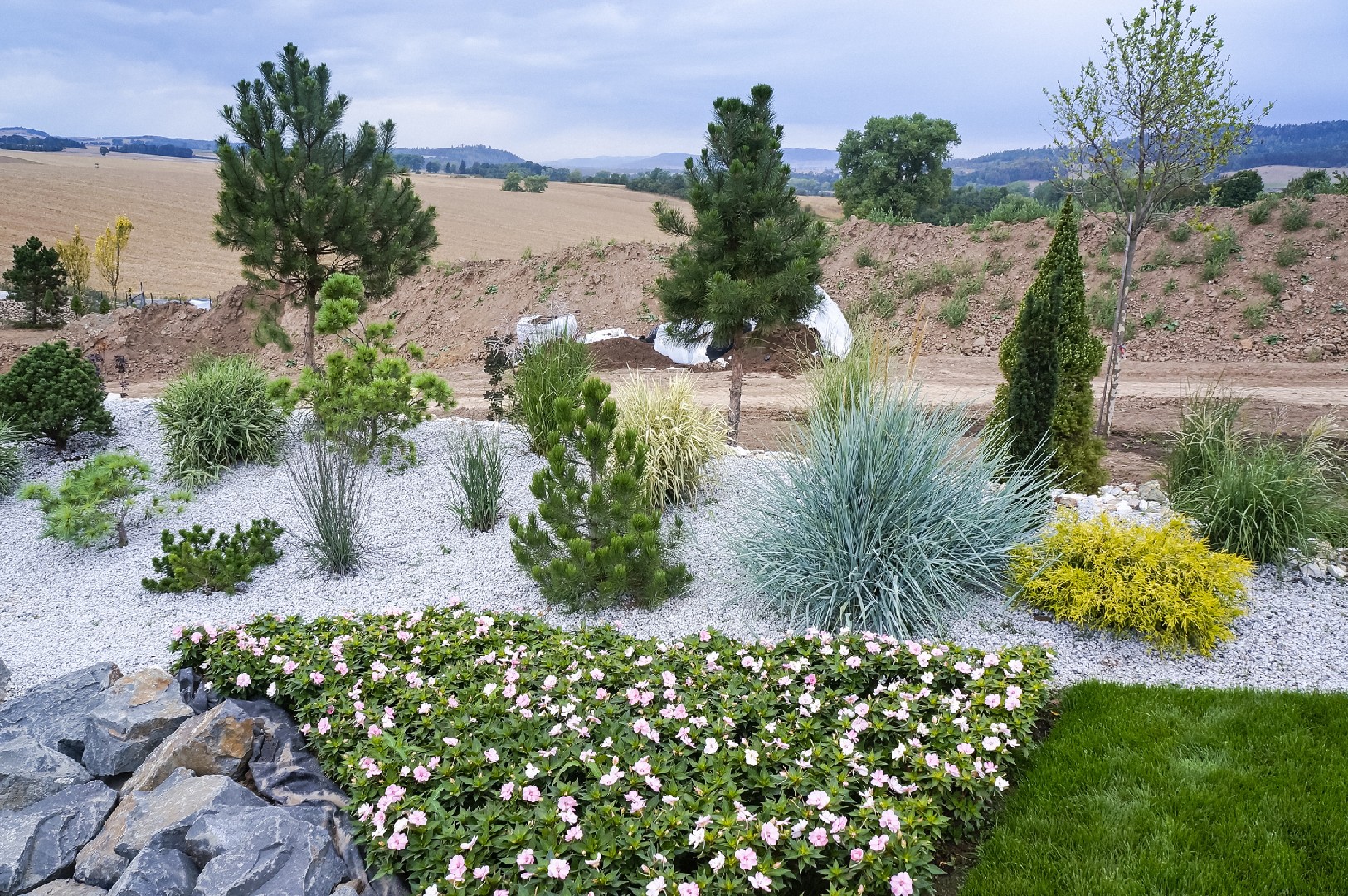![Rectangle]()
Enriching Soil for Heat Resistance
In order to create a drought-tolerant summer garden that can thrive amidst the heat, it is important to focus on enriching and conditioning the soil. Soil structure plays a crucial role in water retention, so it is essential to ensure that the soil in your garden is able to hold onto moisture for longer periods of time.
One effective method to improve soil structure and water retention is by introducing organic compost and mulches as moisture-conserving soil amendments. Organic compost, rich in organic matter, helps to increase the soil's ability to retain water by improving its structure. It also adds essential nutrients that are beneficial for the plants' growth and overall health. Mulches, on the other hand, act as a protective barrier on the soil's surface, reducing evaporation and keeping the soil cool. They also prevent weeds from competing with your plants for water and nutrients.
When adding organic compost to your soil, aim for a thickness of about 2-3 inches and apply it evenly across your garden. Make sure to mix it well with the existing soil to ensure proper distribution of nutrients. Compost can be easily made at home using kitchen scraps, yard waste, and other organic materials. This not only reduces waste but also provides a sustainable source of organic matter for your garden.
Mulches come in various forms such as wood chips, straw, or shredded leaves. Choose a mulch that suits your garden's aesthetic and spread it evenly around your plants, leaving a small gap around the base of each plant to prevent moisture-related diseases. It is important to regularly replenish the mulch layer, as it slowly breaks down over time.
Maintaining soil fertility during the harsh summer heat is crucial for the overall health of your garden. One way to achieve this is by regularly adding organic fertilizers or liquid plant nutrients to provide a constant supply of essential nutrients. It is important to choose fertilizers that are specifically formulated for use during the summer months, as they often contain higher levels of potassium, which helps plants withstand heat stress.
Another method to maintain soil fertility is through crop rotation. By rotating planting beds and changing the crops grown in each bed annually, you can prevent nutrient depletion and reduce the risk of pest and disease buildup. Additionally, practicing companion planting, where certain plants are grown together for beneficial interactions, can help improve the soil's health and fertility.
In conclusion, enriching the soil for heat resistance is crucial when creating a drought-tolerant summer garden. By incorporating organic compost and mulches, maintaining soil fertility, and practicing crop rotation and companion planting, you can ensure that your garden not only survives but thrives amidst the scorching summer heat. These methods will not only help conserve water but also provide a sustainable and environmentally-friendly approach to gardening. So go ahead, get your hands dirty, and enjoy a vibrant and resilient summer garden.





